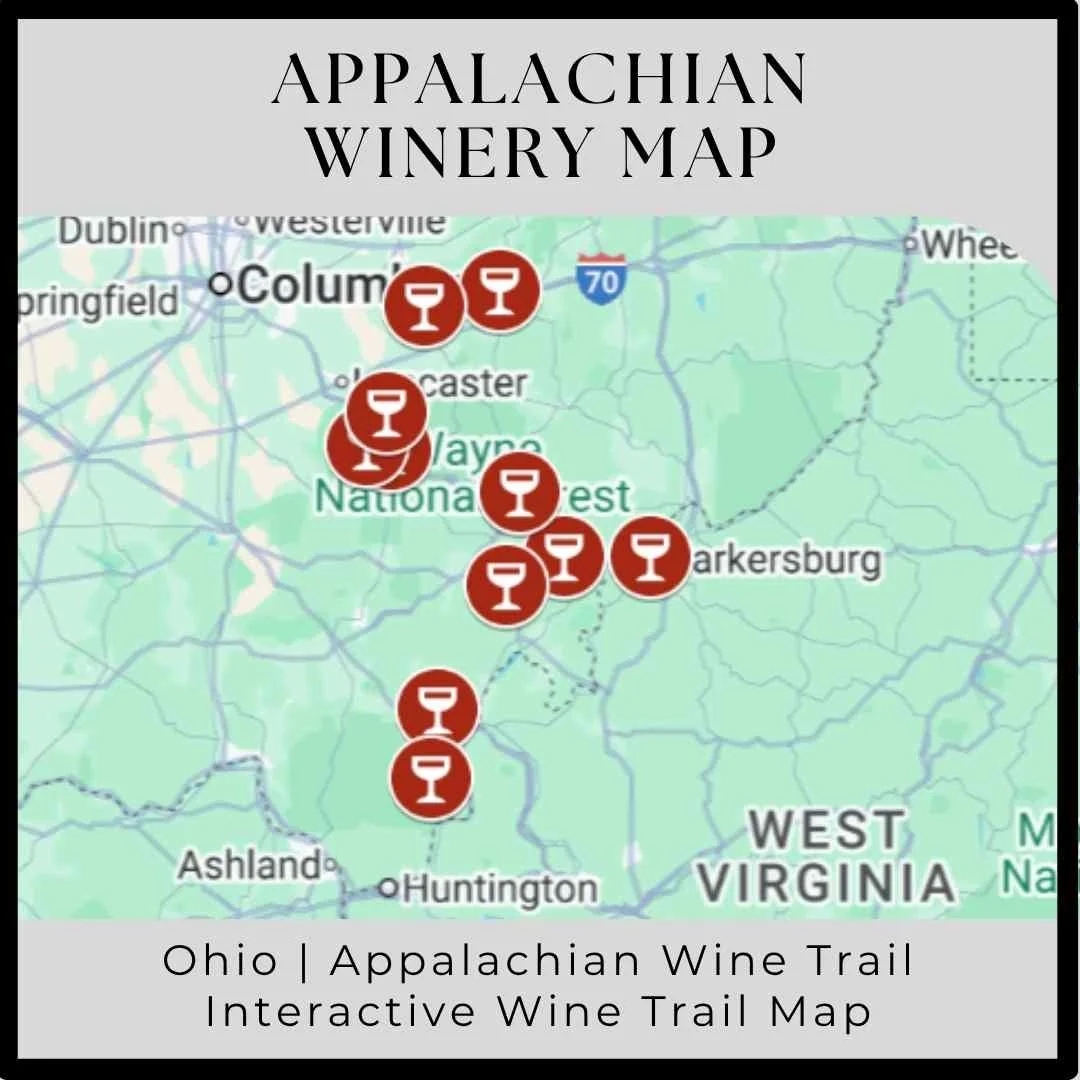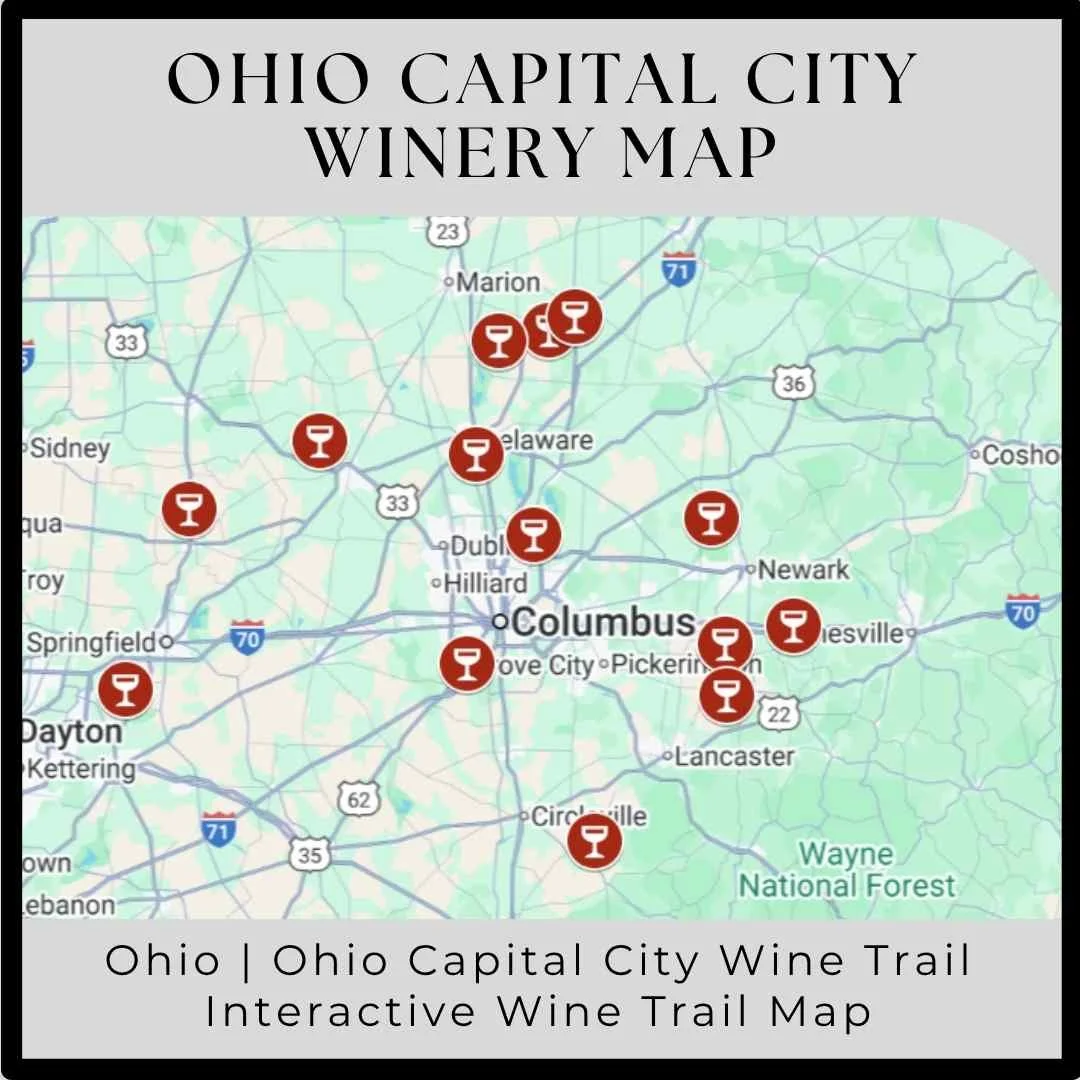The Terroir of Long Island Wine Country
A Unique Maritime Influence
New York | Long Island | Wine Region Education

Long Island Maritime Terroir
When exploring Long Island wine country, the region’s terroir plays a pivotal role in shaping the distinctive wines produced across the North Fork and Hamptons. With its proximity to the Atlantic Ocean, Long Island’s terroir is defined by a maritime climate, fertile soils shaped by glaciers, and a long growing season—offering visitors a surprising and memorable tasting experience. Whether you're on a Long Island wine tour or learning about Hamptons wines, the region’s unique terroir is the foundation of its success.
Long Island’s Geographic and Climatic Landscape
Located 2 hours east of New York City, Long Island’s geography is defined by its position between Long Island Sound to the north and the Atlantic Ocean to the south. Stretching 120 miles, with a width of 23 miles, the island is surrounded by bodies of water that create an extended growing season. These waters, much like those in the Finger Lakes region, store heat, extending frost-free days and creating the moderate temperatures ideal for viticulture.
The North Fork, home to around 60 vineyards, has sandy and rocky soils with excellent drainage, while the Hamptons region features silty loam. Both sub-regions within the Long Island AVA (American Viticultural Area) benefit from the water’s moderating influence, which helps prevent early frosts, allowing the grapes to ripen fully. This extended growing season supports the cultivation of high-quality vinifera grape varieties, including Chardonnay, Merlot, and Cabernet Franc.
Terroir Challenges and Viticultural Practices
While the maritime climate of Long Island is beneficial, it also presents challenges for grape growers. Humidity and proximity to the ocean can lead to issues with fungal diseases, such as mildew and rot. To combat these problems, local wineries rely on advanced canopy management techniques, such as leaf removal to improve air circulation and vertical shoot positioning (VSP) to maximize sun exposure. Not only does this help with growing healthy grapes, it also visually beautiful with very well manicured vineyards.
Despite these challenges, Long Island wineries have embraced the region's unique climate, focusing on disease management and proactive viticultural practices. The balance between photosynthesis and preventing congestion is critical in ensuring that the vines thrive and the grapes develop complex flavors. While organic and biodynamic viticulture is difficult due to disease pressures, many wineries are committed to sustainable practices that respect the land and its natural resources.
Geology and Soil: Shaped by Glaciers
Long Island’s terroir was shaped thousands of years ago by glaciers, leaving behind well-drained soils that are ideal for growing grapes. The North Fork features rocky and sandy soils that offer excellent drainage, a vital factor in preventing root rot in wet conditions. The Hamptons region, has slightly cooler and slower-ripening conditions, influenced by its closer proximity to the Atlantic Ocean.
The importance of terroir in winemaking cannot be overstated—finding the right grape varieties for specific soil types and microclimates has been essential in developing Long Island’s wine industry. Over time, vineyards have matured, and winemakers have learned to extract the full range of flavors from the land, air and sea, resulting in wines that reflect the distinct character of Long Island’s terroir.
The North Fork vs. The Hamptons: Climate and Soil Variations
The North Fork benefits from its location between Long Island Sound and Peconic Bay, creating a slightly warmer and more stable climate compared to the Hamptons. The Hamptons is cooled by ocean breezes, leading to slower ripening times. These differences in climate and soil give each region its own unique flavor profile, with the North Fork AVA known for producing richer, fuller-bodied wines, while the Hamptons AVA is celebrated for elegant wines.
Other items that might interest you, click to learn more
A Journey Through Long Island’s Wine Trails
For wine lovers looking to dive deeper into Long Island wine education, a visit to the island’s many wineries offers a hands-on way to experience the terroir firsthand. Whether you’re exploring the Long Island Wine Trail on the North Fork or venturing into the exclusive Hamptons wineries, the region’s proximity to New York City makes it a convenient and exciting destination. Visitors can take advantage of the Long Island Rail Road (LIRR) to travel from the city to Riverhead, Greenport, Mattituck, or Southold.
Many of Long Island's wineries are located on former potato fields, an agricultural heritage that has been transformed into a flourishing wine region. These former farmland sites now produce wines with a complexity and character that have earned Long Island recognition on the national and international stage.
The Future of Long Island Wine
As Long Island’s wine country continues to evolve, the region has proven that despite its challenges, it can produce world-class wines that rival those from more established regions. Its unique maritime terroir, combined with the dedication of local winemakers, has resulted in wines that truly reflect the land from which they come. Whether you’re enjoying a North Fork red or a crisp Hamptons white, Long Island’s terroir shines through in every glass.
For those looking to learn more about the terroir of Long Island wine country or to embark on a Long Island wine tour, the region offers not just wine, but a story of resilience, adaptation, and a commitment to quality winemaking. Whether you're visiting for the wines or the scenery, Long Island’s terroir invites you to explore, sip, and savor its unique flavors.












































































